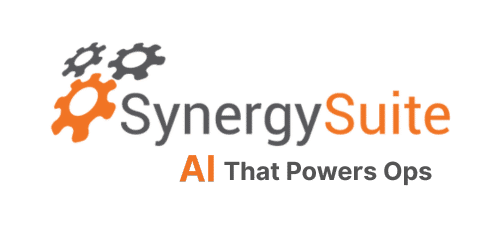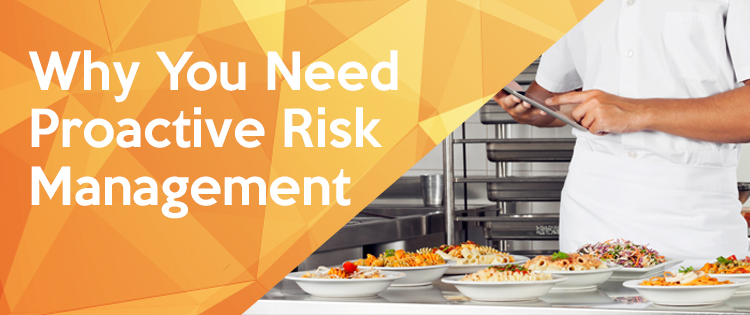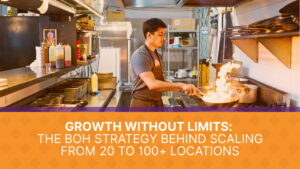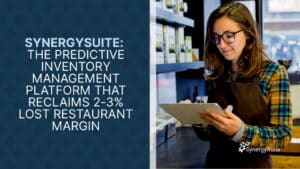The worst time to find out about a problem is after it happens. I know this sounds ridiculous. How can you know about a problem until it happens? But many of the problems we deal with in foodservice can be anticipated, mitigated and planned for. So why plan for damage control, when you can plan to avoid the damage in the first place?
That’s where proactive risk management comes in. Too many brands are focused on reacting quickly to problems rather than preventing them. When you’re focused on proactively managing risk—whether that’s for food safety, labor compliance or occupational safety—you can avoid hiring that crisis or reputation management company.
Here are some places you need to be proactively managing risk, and how you can use your back-office to help you do that.
We’ve all seen a horrifying headline that makes us swear to never eat out again. From foodborne illness outbreaks sickening dozens to a cleaning agent making its way into the drink mix, all it takes is one bad review or one damaging video going viral to create long-term damage. Just as important as reputation and customer experience, regulatory, finance or HR risks can pose an equally large threat to your brand.
Fortunately, many restaurant management systems make it easier than ever to track employee training and certifications, HACCP compliance logs and equipment maintenance. Make sure employees are trained on what to do if food goes outside safe temperatures, and they have the tools to measure and track food or equipment temps so they know before an issue gets out of control.
2. Labor Compliance
With more cities and states considering predictive scheduling laws, it’s key that you can control how far out schedules are created, how much time employees have between shifts, whether shifts were cancelled with sufficient notice and maintain records on all of this. While it’s possible to do this in an online calendar or spreadsheet, it’s stressful and time consuming.
Modern restaurant scheduling tools can automatically populate schedules for you, taking into account employee blackout days, labor laws and historical sales data. Don’t set yourself up for a fine by violating local laws, or a bad review after you’re left short staffed. Proactive management of scheduling risks will be a huge weight off your shoulders.
3. Workplace Safety
Providing the right protective equipment, maintaining machinery and training employees on how to lift inventory are all critical parts of protecting your employees. It’s often easy to gloss over training or routine maintenance, but the consequences of a slicer that malfunctions or an on-the-job lifting strain cost far more in the long run.
Using your back-of-house system, set up routine checklists and reminders to inspect equipment or provide additional safety training.
By investing in the right technology and techniques to focus on preventing risk rather than doing damage control, your business will be far stronger in the long run.





